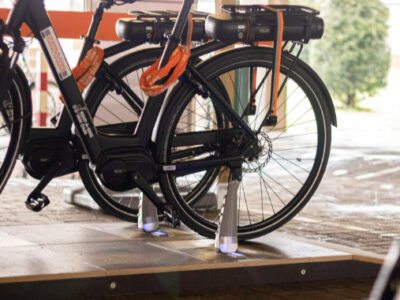E-bikes are increasingly seen as an essential component of the mix of mobility solutions needed to reduce carbon emissions. This is true especially as the market matures, product durability increases and a second-use market develops.
According to the World Resources Institute, 72 % of global transport emissions come from road vehicles, which accounted for 80% of the rise in emissions from 1970-2010. E-bikes are an excellent substitute for cars, public transport, and scooters powered by internal combustion engines.
And a recent study conducted in the Seattle area showed that up to 18 percent of short, private vehicle trips of up to three miles could be replaced with e-bikes, thereby reducing traffic carbon and congestion.
Electric bikes either assist in pedal power or throttle power. Pedal-assisted e-bikes generate greater power from the motor to increase speed and make pedaling easier. Riders often adopt these bikes for use on hills and steep routes and are increasingly buying them for recreational trekking.
Throttle-assisted e-bikes provide power from the throttle directly to the engine, thus mitigating the need to pedal manually. In addition to being used as an alternative to cars for short urban trips, there is an increasing demand for fleets of e-bikes for logistical and freight activities such as carrying luggage.
Web-connected e-bikes are enabled with remote diagnostics, integrated navigation, anti-theft systems, social media connectivity, and automatic emergency call.
Recent research valued the global e-bikes market at $17.83 billion USD in 2021, with an expected annual growth rate of 13.5% from 2022 to 2030. However, innovations in biking infrastructure and battery technology are essential as battery costs make e-bikes more expensive than combustion scooters.
One convenient innovation comes from the Dutch startup TILER. They developed charging technology that allows e-bikes to power up outdoors without needing cables or space-intensive charging stations. Their ground-level charging tiles work via a unique kickstand that can be installed on any bike. Riders park their bike, so the kickstand fits into the ground tile. The tiles are placed like regular pavement tiles and connected to the grid, charging as efficiently as plug-in charging.
Further, their smart charging technology optimizes the lifetime value of the battery so that fast charges are scheduled during peak use hours and slow charging (which is better for the battery) overnight or when the e-bike is likely to be unused.








